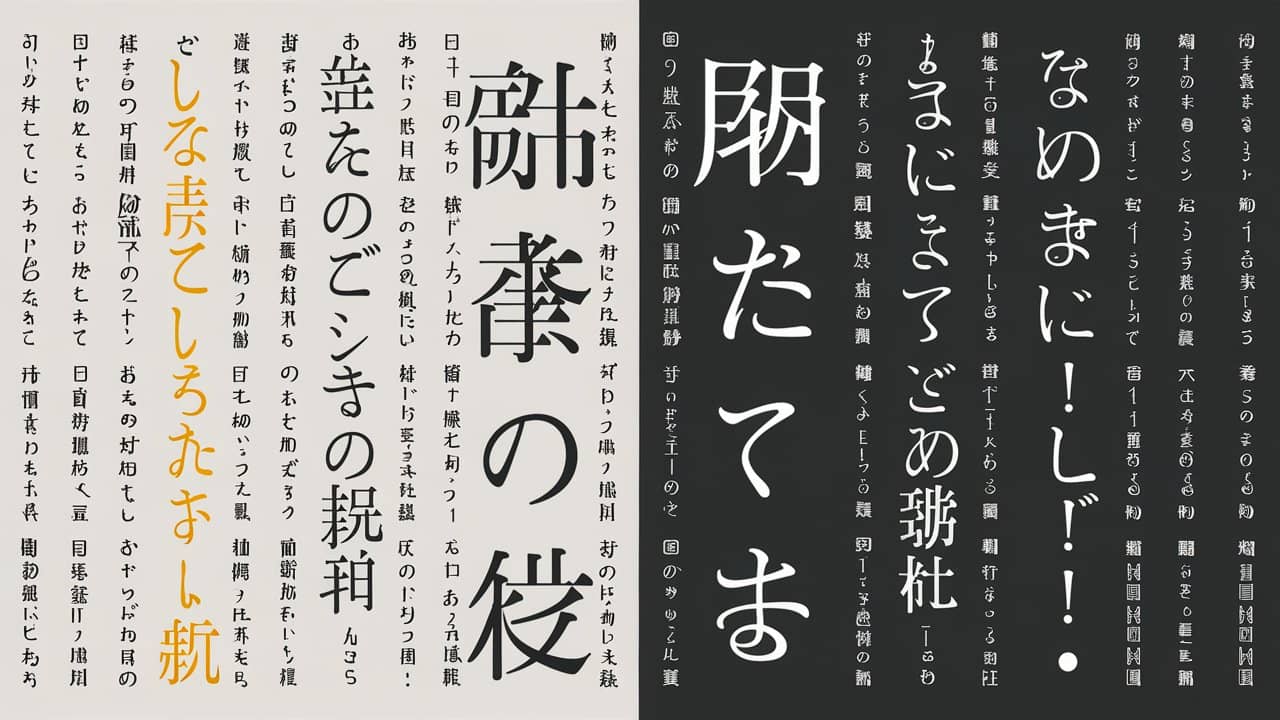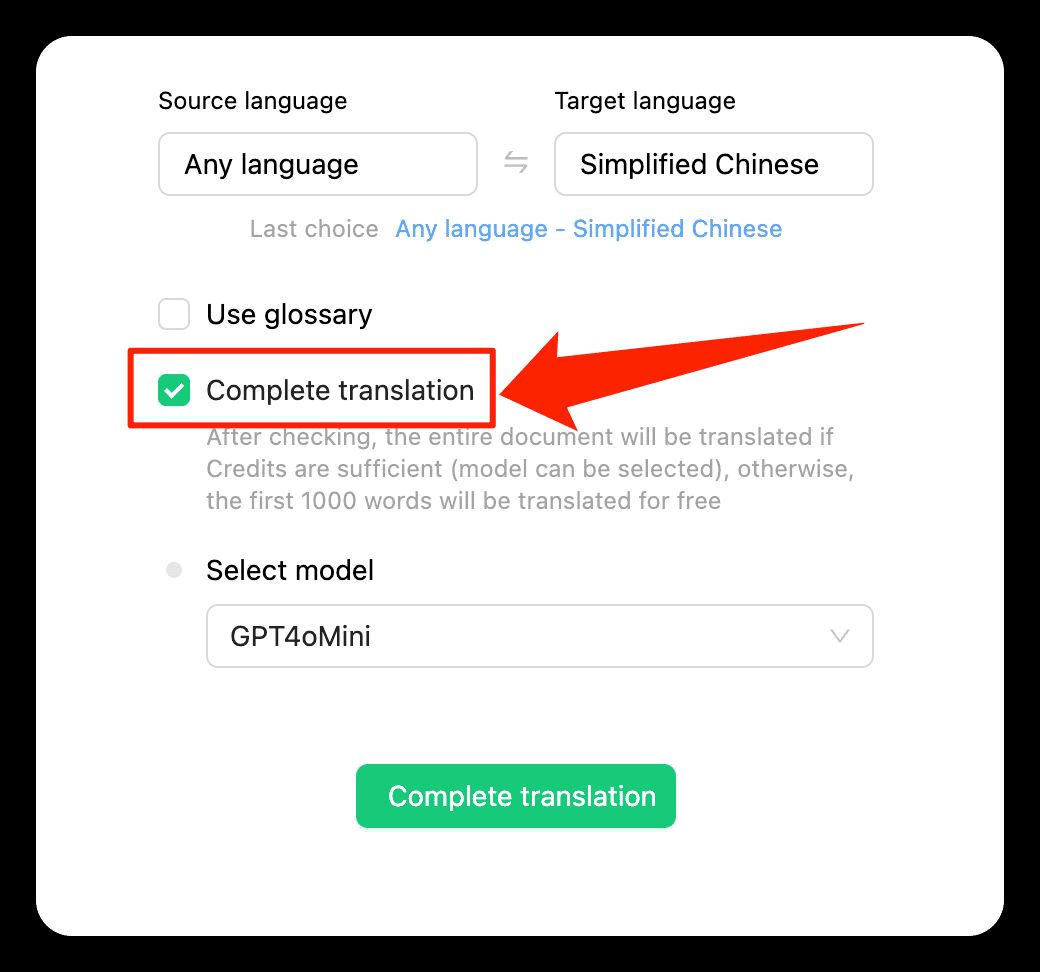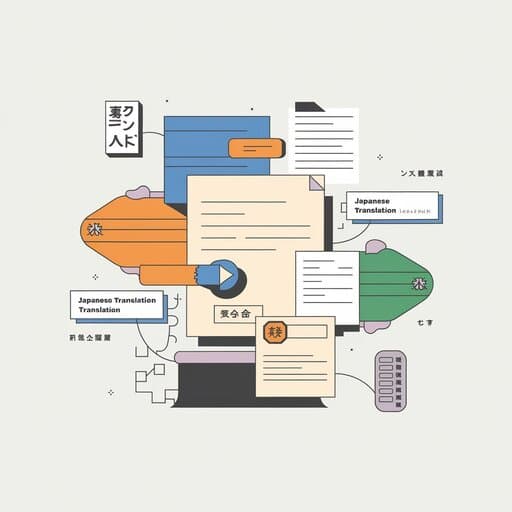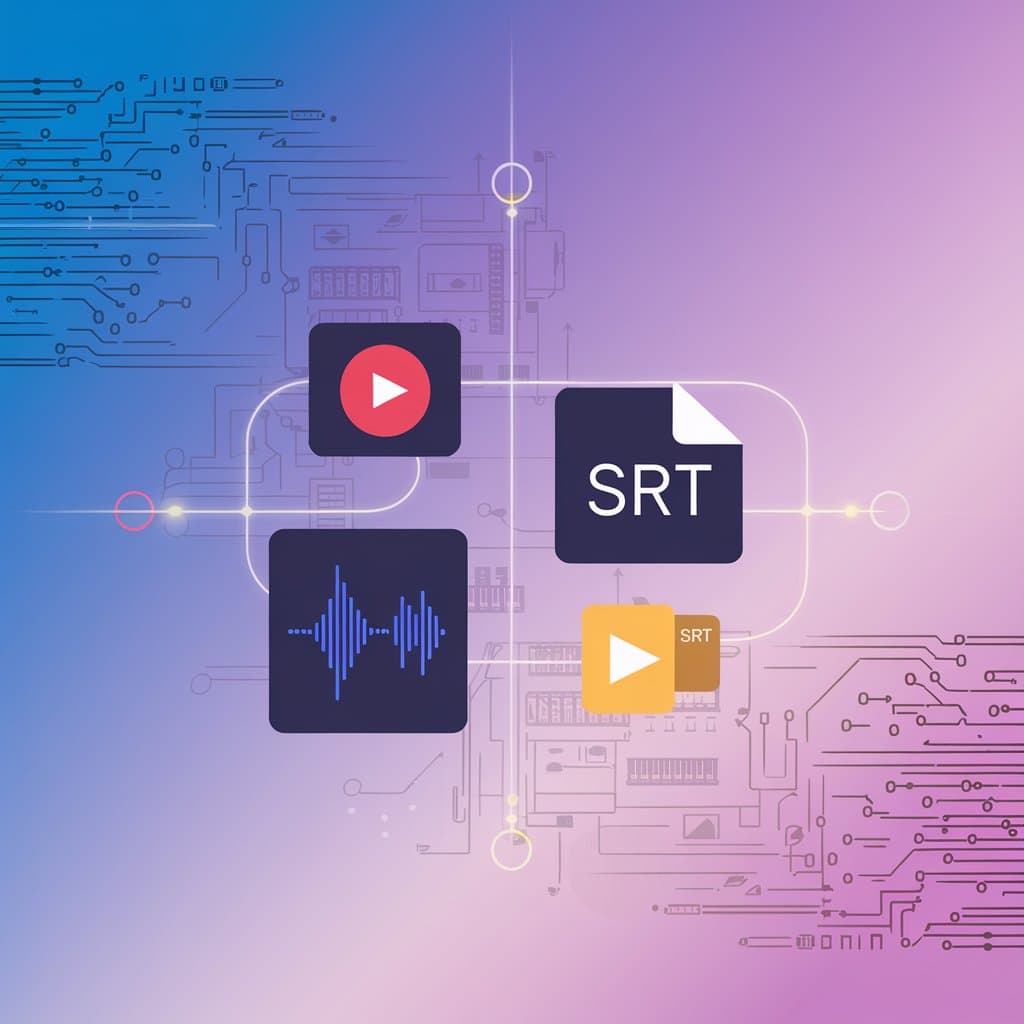The Art of Vertical Text: A Complete Translation Guide

O.Translator
Jul 18, 2024

Say Goodbye to Translation Blind Boxes: How Can O.Translator's Free 'Translation Preview' Help You Avoid Risks?
Imagine you've spent several days meticulously crafting a business plan PDF packed with complex charts, or a precisely formatted academic paper. Now, you need to translate it into another language. Feeling nervous?
Can AI translation really meet the mark? Will it turn my hard-earned work into a jumbled, disorganized mess?
We completely understand these concerns. In document translation, paying upfront can feel like opening a ‘blind box’—you never know whether you’ll be pleasantly surprised or disappointed until you see the results.
To eliminate this uncertainty for good, O.Translator has launched a game-changing feature: the Free Translation Preview. In simple terms, before you spend a single cent, we translate the first 2,000 words of your document for free—so you can review the results firsthand and be 100% certain about the final translation quality and formatting.
The preview isn’t just a quick look—it’s a thorough quality check.
Once you upload your document and click 'Start Translation,' you’ll automatically enter this free preview process. It serves as a powerful 'quality inspection tool,' giving you all the key information you need before making any payment.

1. Translation Quality: What You See Is What You Get
Curious about the true quality of AI translation? We’ve integrated industry-leading AI engines like the GPT and Gemini series, delivering results that set new benchmarks. Still, we know nothing beats seeing the outcome for yourself. With the preview, you can directly evaluate whether the translation is fluent, accurate, and meets the professional standards of your field. This is more persuasive than any advertisement.
2. Formatting Restoration: Details Make the Difference
This is likely your top concern. The value of a document lies not only in its text, but also in its professional formatting. O.Translator's core advantage is its high-fidelity document format preservation technology. The preview feature adopts a clear side-by-side layout, enabling you to review each line just like an editor:
- Are the table borders and contents properly aligned?
- Are images and charts still in their original positions?
- Is the multi-column layout fully preserved?
This clear, side-by-side comparison gives you complete confidence in our ability to handle even the most complex PDF and Word documents.
3. Transparent Costs—No Unexpected Surprises
Once the preview is complete, the system will accurately calculate the total price for translating your entire document based on the word count. All fees are fully transparent, so you can make informed decisions with complete clarity and never face any hidden charges.
Most importantly, this comprehensive assessment of translation quality, formatting, and final cost is entirely free.
Have you used up your free preview quota? Here’s a simple tip to get a ‘refill’.
We provide every new user with a generous free preview allowance—enough to test 8 to 10 different documents. We believe this is more than sufficient for you to fully experience O.Translator and build genuine trust in our services.
Of course, if you’re a “testing enthusiast” and quickly use up your quota, there’s absolutely no need to worry.

Regaining your quota is incredibly simple: As soon as you successfully complete a paid full-text translation of any document, the system will instantly and automatically refill your free preview quota!
This isn’t a paywall—it’s more like a positive feedback reward. We want to thank you for trusting our service through this approach.
Returning User Zone: How to Skip the Preview and Get Ahead?
Absolutely! For our trusted long-term clients, we know that time is money.
If you prefer to skip the preview and proceed directly to the final result, simply select the 'Full Translation' option when starting your translation.

As long as your account has enough credits, the system will immediately begin the full translation task. If your credits are insufficient, we will still thoughtfully generate a preview report for you and inform you of the credits required to complete the full translation. Everything remains under your control.
Our Commitment: Why Do We Cover the Cost of Your 'Preview'?
You may be curious—offering a free preview means we cover all the associated computing and AI costs. So why do we do it?
The answer is simple: Because we want to fundamentally change the rules of the game in the document translation industry.
Leaving you uncertain before payment creates information asymmetry and demonstrates a lack of respect. We firmly believe that trust is the foundation of any partnership. The 'try before you buy' model has already proven to be one of the most effective ways to build user trust across many industries. We cover the preview costs to give you complete control and confidence in your decision.
We don’t want to convince you with flashy marketing—we’d rather earn your trust through genuine, high-quality translation results. You can take advantage of this preview for post-editing and proofreading, or even download a bilingual PDF file for meticulous comparison, ensuring complete accuracy.
Because we firmly believe that a good product speaks for itself.
Are you ready to say goodbye to ‘translation blind boxes’ and experience truly risk-free professional document translation?
>> Upload your document now for a free, risk-free AI translation preview!


